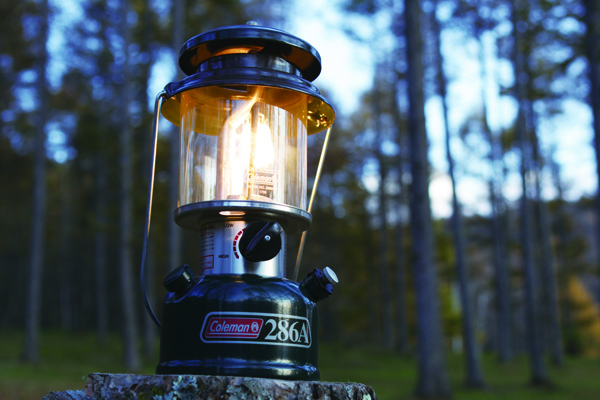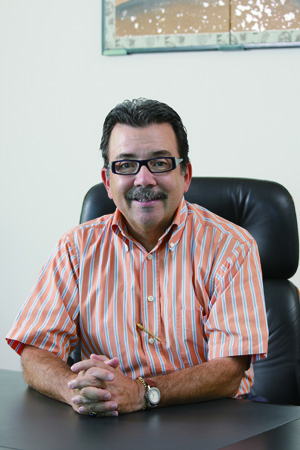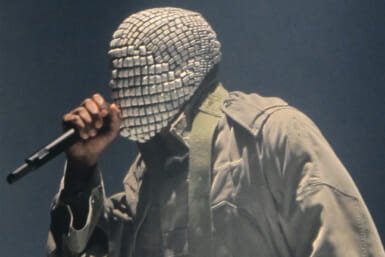When Richard L. Guilfoile joined Coleman in 2000, the “outdoor boom” of the 90s was at an end and fewer people wanted – or could afford – to go camping, meaning less need for the company’s products and “quite a mess.”
Now, Guilfoile, President of Coleman Japan and the Asia Pacific region, says the company is in an excellent position and has had six consecutive years of success.
“It was a difficult time when I joined, “ he says, “the bubble economy had imploded and various industries like the fishing and outdoors business started tanking. We’ve gone through a lot of crazy stuff to get to where we are today.”
A traditional camping company was not going to survive without campers. “The marketing guys came to me and they had all these figures. They told me that the camping population amongst those aged 14-55 in Japan was just 7% but that the ratio of people who wanted to camp was maybe 70%.”
“We had two choices, I thought, ‘we’re either going to have a business, or we’re going to turn off the lights, lock the door and throw the keys in the river and forget about it.’”
Guilfoile says his team embarked on a diversification process: “picnic goods, barbecue items, products for the beach and other non-camping gear like backpacks for city use were around 6% of sales. ‘How do we get that to 40%?’ I thought.”
“We also quickly realized we needed to move towards Japan specific skewed products.” Considering lifestyles when not camping was a start – small houses means not much storage, meaning products need to be compact.
Right now, Guilfoile says, around 55% of Coleman Japan’s goods are considered “non-camping” – in part due to the success of its rucksacks.
“My boss would tell you that he sees the Japanese team as the thought leaders in terms of the innovative things that we do and products we bring to the market … people in their marketing team say ‘god I love it, I love it, I wish we could do this’, or, ‘you guys are crazy, how could you do this?’”
When taking the model to South Korea in 2005, Coleman faced some challenges. “What I call a heavy camper in Japan will go 12 times but in Korea, maybe 30. Koreans don’t look at weather, Japanese do – they won’t go if it’s going to rain – so they each have different spec/durability requirements.”
“It’s all about comfort here. The stuff people pull out of their cars is incredible – you sit down and eat as you would in your own home as opposed to eating a hot dog on a rock. Cooking is pretty serious too, one reason we’re doing good business with what we call our Dutch ovens.”
Now, a neat LED Quad Lantern with four removable panels (“great if the kids need to go to the toilet…”) is Coleman’s top selling product, but it will never stop selling its “heritage product”, the iconic gas lantern. “To our customers, we are the lantern company.”
Guilfoile, a camper himself – he cites the Fuji Five Lakes and Izu areas among his favourites – says there is no room for complacency:
“We’re looking for ways to appeal to a younger audience, particularly women, and that’s starting to go well. We’ve gone through a little bit of shaking up and doing more free thinking and looking at categories we haven’t worked with much in the past – involving more outside design help too.”
“The goal that we are going for in the next two years, to 2015, is to have fewer, but bigger-hit items. It’s easy to have a lot of guppies floating around, and it’s nice, but they are not necessarily adding to the bottom line.”










